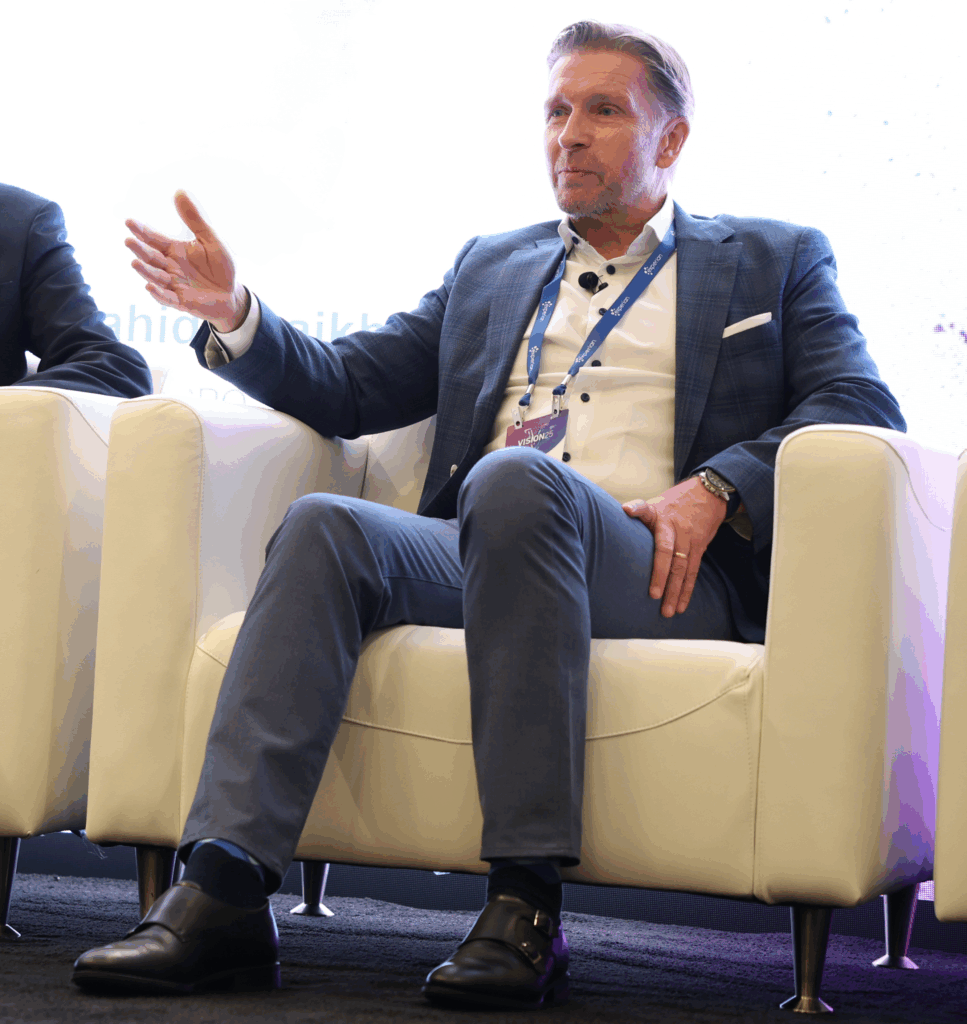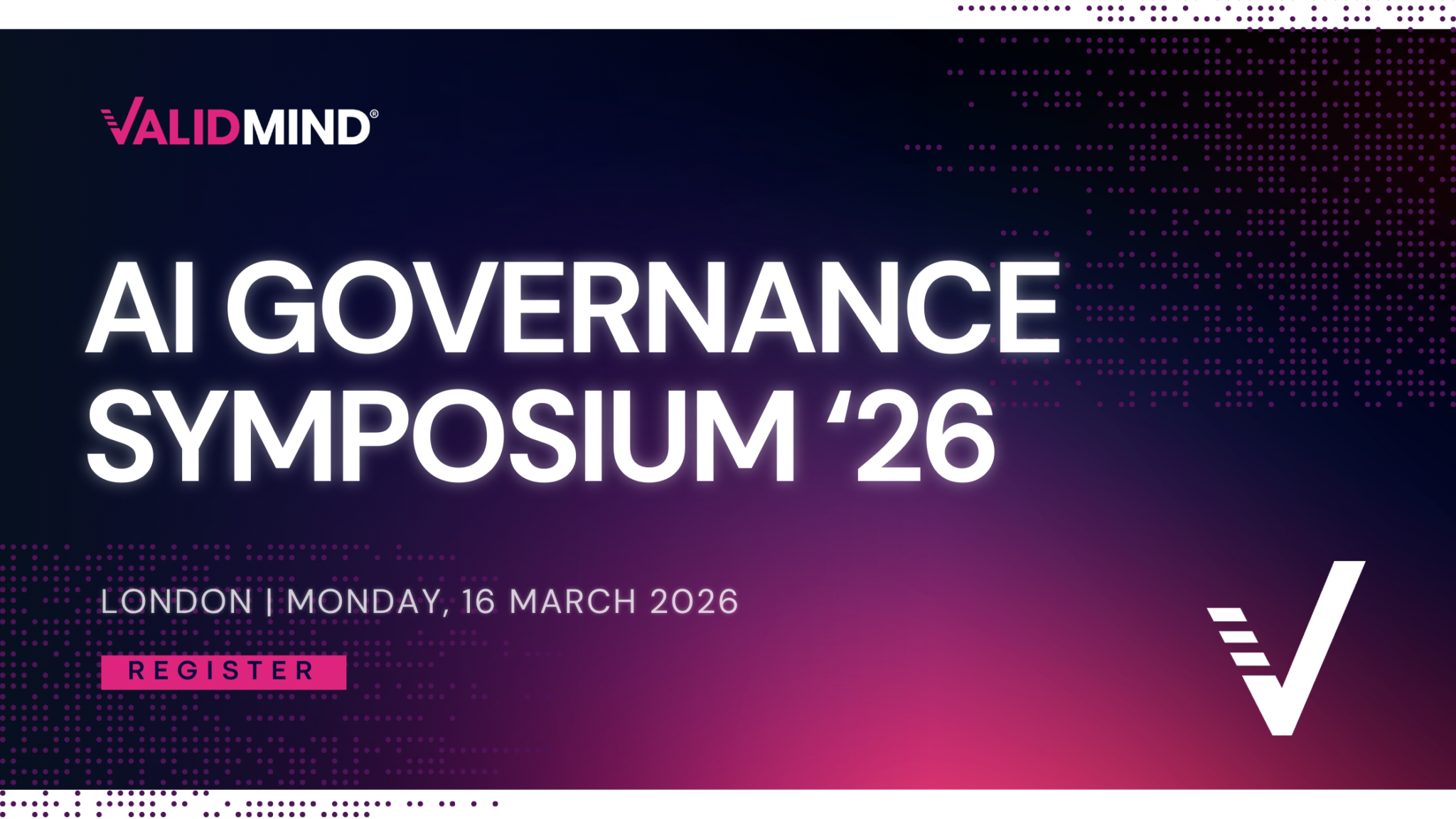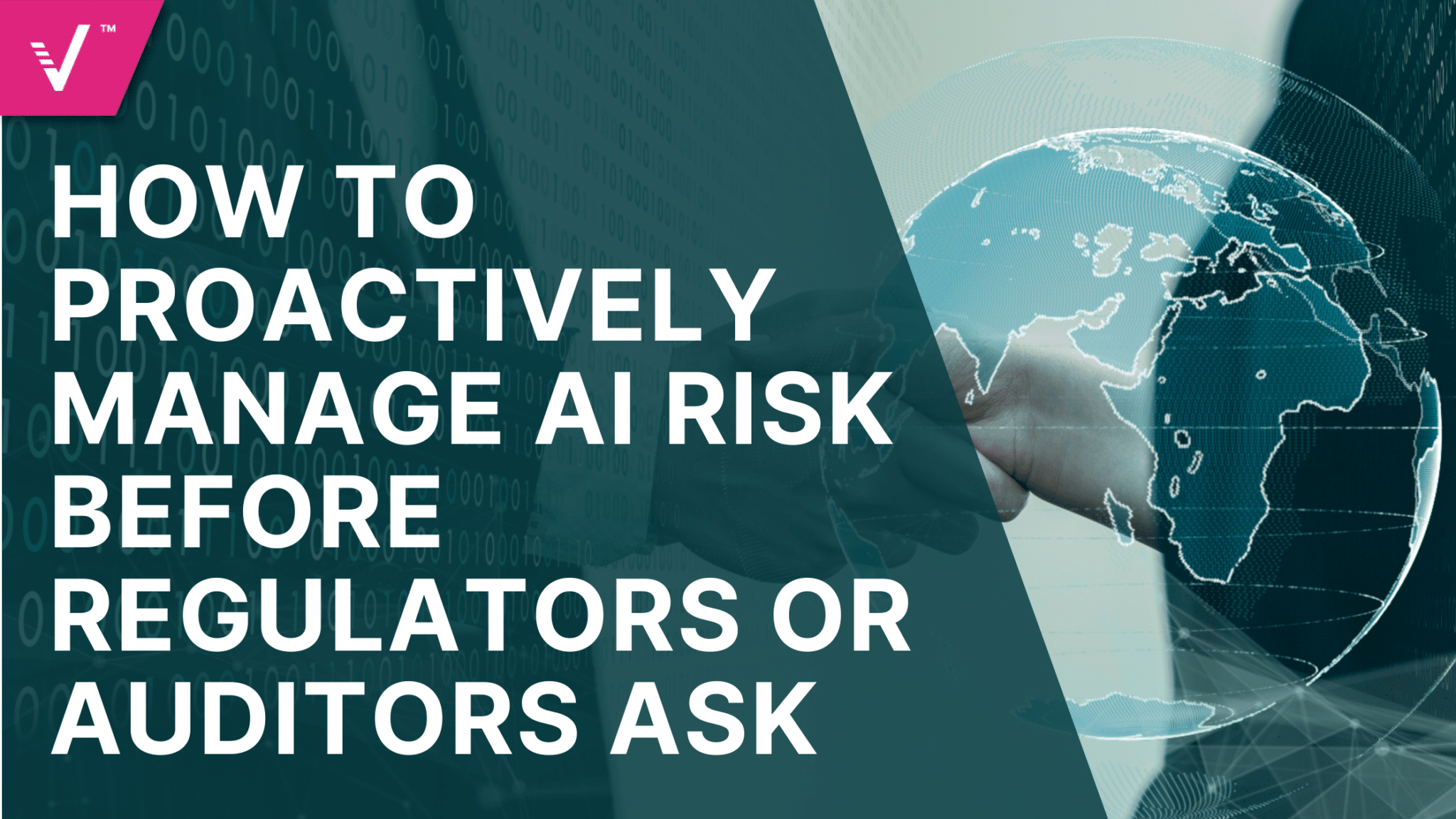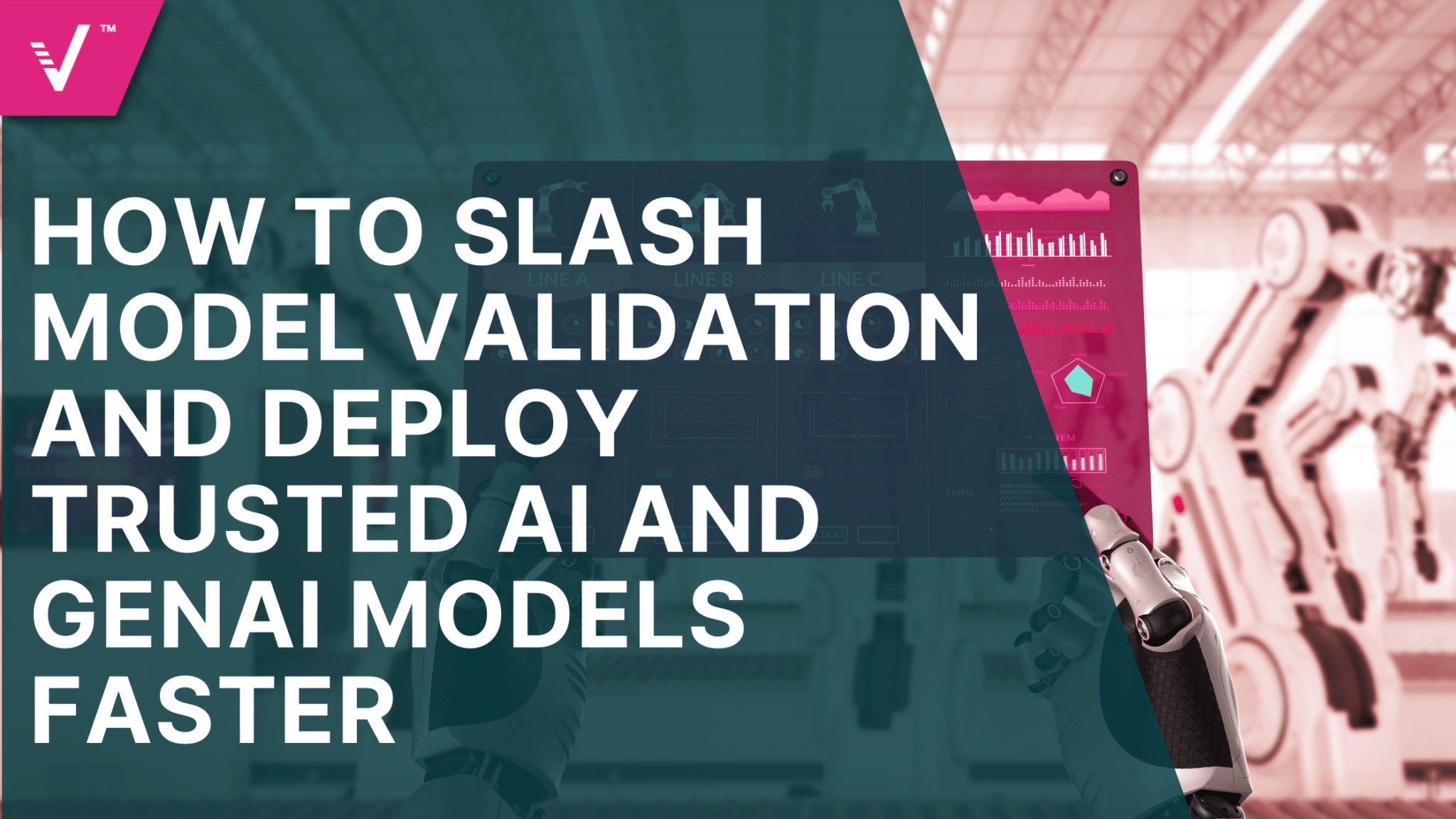Trust: The New AI Currency

As the race for AI dominance rages, one new word dominates the AI narrative – trust. Over the past year, I have spoken to and heard from numerous companies, ranging from young startups to large enterprise clients. The theme has been the same: How can clients trust our AI solutions?
Over the next 12 to 24 months, whether your company operates in a regulatory environment or not is irrelevant. Several factors will dictate the winners or losers of this AI race, but it is clear that one factor is absolutely critical to ensure success: Trust.
The Shift Toward Regulated AI
Debates about AI regulation’s “to be, or not to be” have been equally intense as the AI race itself, but we are quickly reaching an inflection point. What was once a loosely governed or non-governed technology frontier is rapidly transforming into one of the most scrutinized areas in business and technology. The age of “unregulated AI” is coming to an end, and the question for every organization building or buying AI solutions will be simple yet profound:
Can customers trust our AI system?
Trust is becoming the defining currency of AI. It will determine which companies succeed and push innovations, and which ones are left behind. Those who can demonstrate trust through transparency, proper governance, risk management, and continuous validation will lead in this new era.
A Tiered Regulatory System
We’re heading toward a “regulatory” structure for AI that mirrors what we’ve seen in other domains, such as cybersecurity:
- Self-Regulation – Companies in non-regulated markets will still be wise to self-regulate by implementing robust, internal AI governance. Even without external client or regulatory pressure, proper governance reduces the chance of errors, ethical issues, or reputational damage that can hurt the company’s bottom line.
- Industry-Standard Certifications and Frameworks – In other markets, clients may demand higher-level scrutiny and assurance that the AI solution will deliver as advertised by the provider. In those cases, industry standards and frameworks, such as ISO ISO/IEC 42001 or NIST AI RMF 1.0, can offer certification or demonstration of robust AI governance.
- Government-Regulated Industries—Sectors like finance, insurance, and healthcare face varying and evolving direct regulatory oversight, such as SR11-7 (USA), E-23 (CAN), and SS1/23 (UK). These firms are required to implement robust AI and model risk management processes that include documenting, auditing, and validating every AI system that influences decisions impacting customers or markets. These regulations also indirectly impact ISVs selling AI solutions to these industries.
Whether we agree or disagree on the value of “regulation” doesn’t matter. What matters is that AI consumers can trust it. These three “regulatory” approaches won’t eliminate risk or trust, but they will create a global baseline for responsible AI practices where trustworthiness becomes as measurable as performance.

What to Expect Next
As we see increased pressure on B2B AI companies to adhere to proper governance, clients will adopt another cybersecurity pattern: AI liability insurance. As the pressure rises and customers’ awareness about the risks arises, they will demand that companies using AI as part of their services or solutions have adequate AI liability insurance coverage.
AI Liability Insurance
What about AI Liability Insurance? Firms like Armilla Insurance and Relm Insurance continuously evolve their AI insurance policy coverage, including AI-specific endorsements to existing cyber liability, technology E&O, and product liability policies. Other companies, such as the reinsurer Munich Re, have introduced warranty coverage addressing model drift and performance issues, reflecting the market’s growing sophistication in addressing AI risks.
Here’s how they approach it:
- AI Risk Profiling and Governance Assessment
Insurers will evaluate the company’s AI governance framework—how models are developed, validated, monitored, and documented. Strong AI governance, transparency, and alignment with frameworks like NIST AI RMF, ISO/IEC 42001, or EU AI Act standards can significantly lower premiums. Weak or opaque governance, by contrast, increases perceived risk. - Use Case and Exposure Analysis
The type of AI application will heavily influence pricing. For example, an AI model used for financial credit scoring or healthcare diagnostics carries far higher risk (and thus higher premiums) than one used for internal workflow automation or chatbots. Additionally, they will assess the volume and sensitivity of data, potential for bias or discrimination, and whether decisions made by AI have a material real-world impact. - Model Risk Metrics and Performance Data
Some insurers will require technical documentation, validation reports, and performance tracking data to quantify “model risk.” To estimate potential liability exposure, they look for metrics such as model drift rates, accuracy degradation, and explainability levels. - Historical Claims and Benchmarking
Because this market is new, insurers rely on analogies to cyber insurance claims, E&O incidents, and data breach costs to estimate potential losses. Over time, as actual AI-related claims emerge (e.g., from hallucinations, IP violations, or discriminatory outcomes), insurers will refine actuarial models based on empirical loss data. - Human-in-the-Loop and Oversight Practices
If AI decisions are reviewed or overridden by humans, risk decreases – fully autonomous systems with minimal oversight command higher premiums due to higher liability exposure. - Third-Party Dependencies and Vendor Controls
Insurers also assess risk transfer mechanisms—like indemnities from AI vendors, licensing agreements, and the use of open-source or third-party AI models—to determine how liability might be shared or shifted.
In short, the insurance industry is applying the same scrutiny on AI solutions that we have seen in regulated industries, such as Financial Services, combining governance maturity, technical validation, and exposure-based risk modeling to set premiums. Over time, as the AI insurance market matures, companies with robust AI governance and transparent risk management will enjoy significant pricing advantages—much like firms with strong cybersecurity postures today.
As clients, investors, and regulators push for greater accountability, AI liability insurance will become a safety net and a business requirement. Beyond financial protection, it enforces and encourages responsible innovation by providing companies with the economic and legal confidence to develop, deploy, and scale AI systems with integrity and trust.
Trust as Competitive Advantage
Emphasizing my earlier point, companies that are unable to implement proper and effective AI governance processes, regulated or self-regulated, will be challenged to stay competitive. The next evolution of the AI journey isn’t just about building smarter models; it’s about building trustworthy ones. Trust will be the foundation of every successful AI strategy. It will reduce overall cost and influence customer adoption, regulatory relationships, and employee confidence in AI solutions.
In a world where regulation (self-regulation or government-imposed regulation) is inevitable, companies that proactively implement governance and transparency will gain a decisive competitive edge. They won’t just comply with regulations — they’ll set the standards others aspire to meet.
Conclusion
The era of AI governance is approaching fast, and technological advancements are constant. Whether mandated by law or adopted voluntarily, every organization will soon be accountable for the behavior of its AI systems.
Those who start now by building frameworks and implementing proper and automated governance will lead with confidence and credibility. Those who wait risk being left behind in a world where trust is the new currency.
About ValidMind
ValidMind helps organizations accelerate AI adoption while maintaining compliance and trust. Our platform automates AI model documentation, validation, and governance, giving financial institutions and other regulated industries the tools they need to innovate responsibly.


